Skydio X10 autonomous drones deliver the best sensors for a drone this small, piloted by the most advanced AI in the sky.
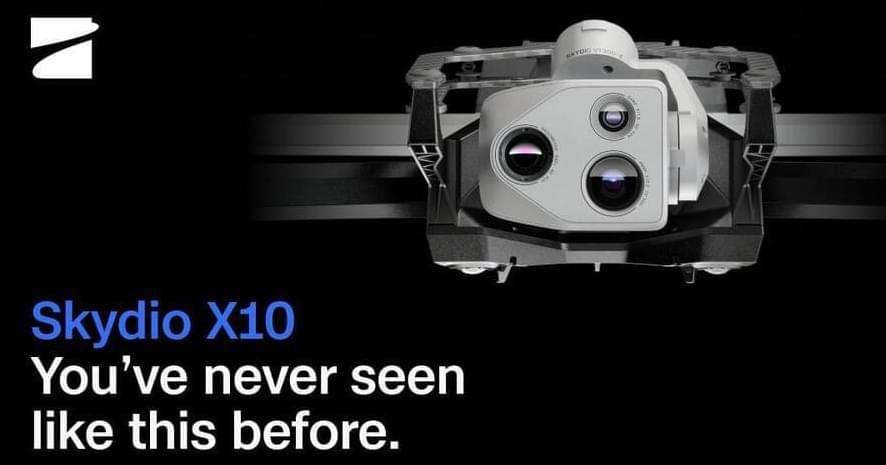


Helsinki’s Callboats pioneers autonomous water taxis, aiming to cut costs, improve island access, and reduce captain shortages.
Autonomous electric water transport could be the answer to improving accessibility, achieving carbon neutrality, and addressing a shortage of skippers in the Helsinki archipelago. However, current legislation is a barrier to the operation of remotely controlled boats, according to a Helsinki Times.
Over the years, Forum Virium Helsinki, the innovation agency of the City of Helsinki, has accelerated various business ideas through its rapid innovation experiments. Successful innovations in smart mobility include autonomous transportation solutions like robot buses, drones delivering first aid supplies, and sweeping robot machines.
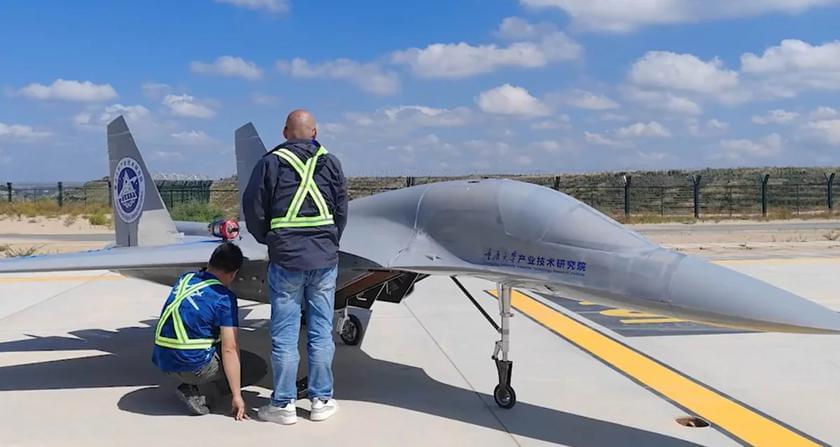
A private Chinese company, Thrust-to-Weight Ratio Engine, was able to test a rotary detonation engine on a drone. This is the first such test. Previously, only bench tests were conducted.
Here’s What We Know.
The rotary detonation engine will open the way to the development of hypersonic transport systems, including aircraft and missiles. Another feature of the propulsion system is reduced fuel consumption.
The company’s Thrust-to-Weight Ratio Engine was developed jointly with the Industrial Technology Research Institute of Chongqing University. It was named FB-1 Rotating Detonation Engine.
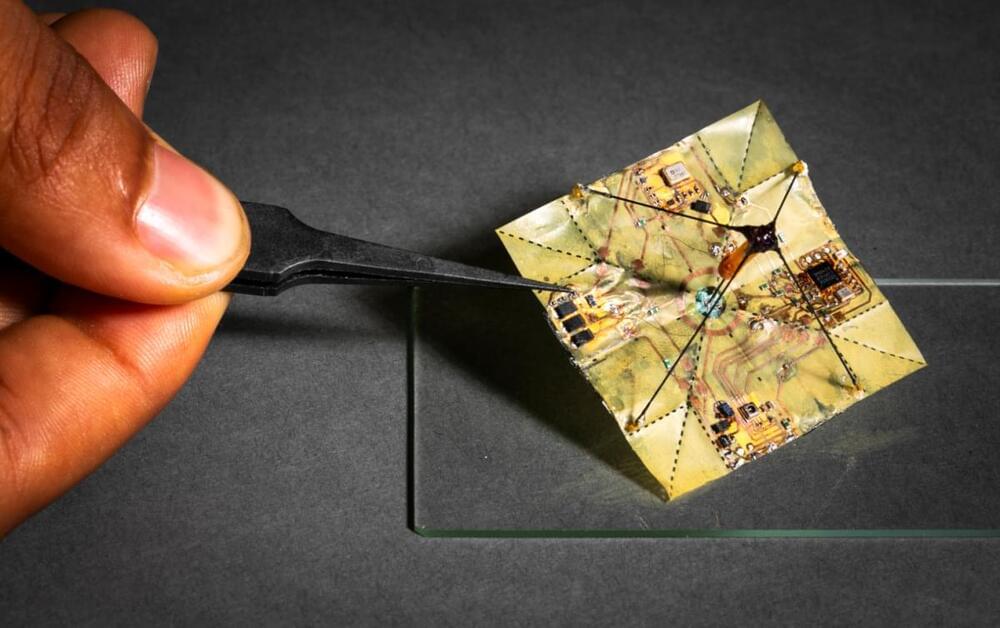
Scientists at the University of Washington have developed flying robots that change shape in mid-air, all without batteries, as originally published in the research journal Science Robotics. These miniature Transformers snap into a folded position during flight to stabilize descent. They weigh just 400 milligrams and feature an on-board battery-free actuator complete with a solar power-harvesting circuit.
Here’s how they work. These robots actually mimic the flight of different leaf types in mid-air once they’re dropped from a drone at an approximate height of 130 feet. The origami-inspired design allows them to transform quickly from an unfolded to a folded state, a process that takes just 25 milliseconds. This transformation allows for different descent trajectories, with the unfolded position floating around on the breeze and the folded one falling more directly. Small robots are nothing new, but this is the first solar-powered microflier that allows for control over the descent, thanks to an onboard pressure sensor to estimate altitude, an onboard timer and a simple Bluetooth receiver.
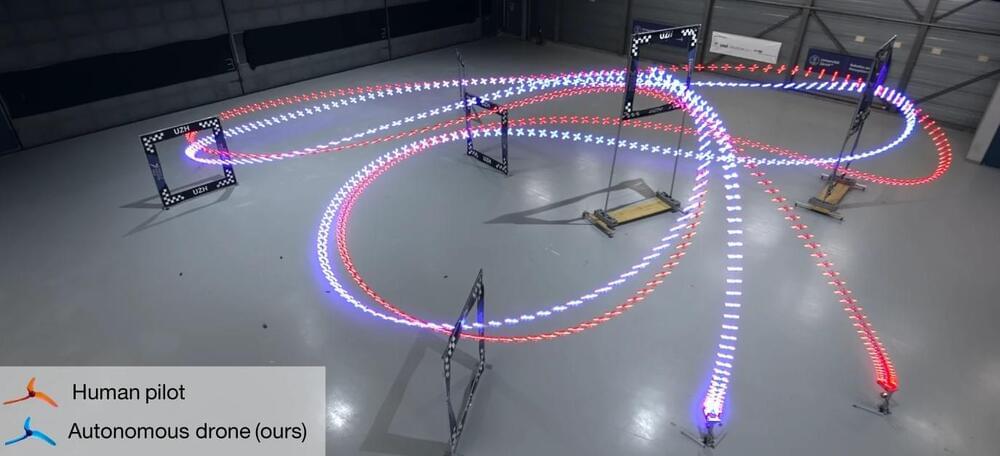
Even with all the technological advancements in recent years, autonomous systems have never been able to keep up with top-level human racing drone pilots. However, it looks like that gap has been closed with Swift – an autonomous system developed by the University of Zurich’s Robotics and Perception Group.
Previous research projects have come close, but they relied on optical motion capture settings in a tightly controlled environment. In contrast, Swift is completely independent of remote inputs and utilizes only an onboard computer, IMU, and camera for real-time for navigation and control. It does however require a pretrained machine learning model for the specific track, which maps the drone’s estimated position/velocity/orientation directly to control inputs. The details of how the system works is well explained in the video after the break.
The paper linked above contains a few more interesting details. Swift was able to win 60% of the time, and it’s lap times were significantly more consistent than those of the human pilots. While human pilots were often faster on certain sections of the course, Swift was faster overall. It picked more efficient trajectories over multiple gates, where the human pilots seemed to plan one gate in advance at most. On the other hand human pilots could recover quickly from a minor crash, where Swift did not include crash recovery.
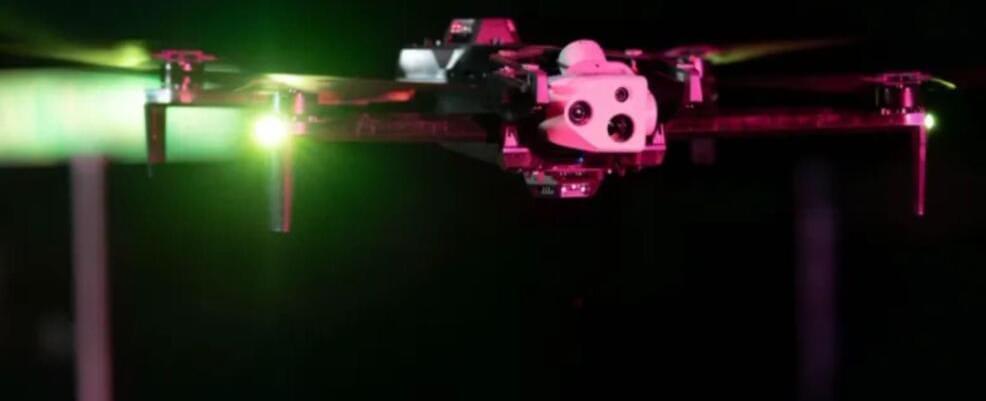
The drone can travel at 45 miles an hour and read license plates from 800 feet away. It can be equipped with a speaker and a spotlight. Who needs a police car for a chase now?
A new high-tech autonomous drone, unveiled by California-based company Skydio, could help New York Police end high-speed car chases. The company which has supplied drones for both military and utility purposes, is working to use drones as first responders (DFR) for the police in the US.
A decade ago, Skydio began its journey as a company that provides athletes with a ‘follow-me-everywhere’ drone that could help shoot videos from the air while on the move. Three years ago, the company made a significant pivot as it looked… More.
Skydio.
The operations are based on an outdoor docking system that incorporates the firm’s AtlasPRO tricopter drones meant for surveillance.
Providing fool-proof security at airports proves to be challenging due to various logistical limitations, primarily due to its size, even though the airport security system is typically organized clearly and logically.
Issues like frequent communication breakdowns with the board, poor visibility in bad weather, the inaccessibility of the runway due to icing in some areas, and unauthorized entry into the airport’s boundaries can delay responses to unexpected life-threatening situations.


The US has embarked on a program to develop electronic-warfare drone swarms, the latest in its multiple projects to master what could potentially be war-winning AI and drone technology, though with significant operational and strategic implications and risks.
This month, Breaking Defense reported that the US Navy is seeking industry and government agencies to participate in a July 2024 exercise called Silent Swarm 2024, which aims to demonstrate early-stage unmanned systems’ capabilities to fight on the electromagnetic battlefield.
Breaking Defense notes that the event, hosted by Naval Surface Warfare Center Crane, will showcase “swarming, small, attritable” unmanned systems capable of distributed electromagnetic attack, deception, and digital payload delivery, with the tech must be within readiness levels (TRL) two to five, with higher numbers indicating more advanced systems.
The 30-minute flight was operated by Dronery using Ehang’s EH216-S aircraft.
In a first, an eVTOL (Electric Vertical Take-off and Landing) aircraft flew over Jerusalem, which takes Israel to the verge of opening up its airspace to air taxi providers.
The experimental flight was part of Israel’s Israel National Drone Initiative (INDI), which attempts to create a network of drones to provide transportation services and reduce traffic congestion in its cities. The project focuses on laying a foundation for a flying car/sky taxi sector and operations based on eVTOL technologies.